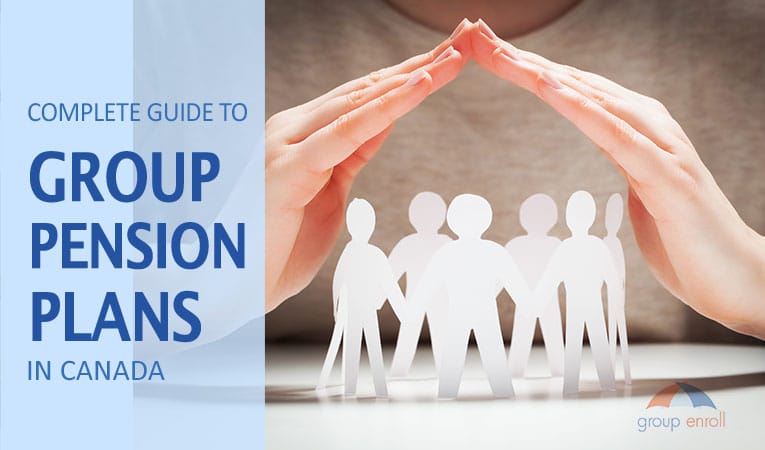The average Canadian employee’s work experience is changing as more people every year choose to delay retirement past the average retirement age of 65. The result is massive shifts in the status quo for workers.
Workers now have less free time in their retirement ages but rise to senior positions and get more money in retirement for their efforts. But there have also been significant changes for employers as their employees choose to work longer, primarily in how they distribute group benefits packages.
Table of Contents
Why Workers Are Delaying Their Retirements
According to Statistics Canada, there were 128,000 more employees in the labour force in 2016 than in 2015 – the most significant such growth ever recorded. And yet, that once-unprecedented trend has become standard in recent years.
But why are more employees choosing to delay retirement in the 21st century?
Increased Average Lifespan
The average human lifespan increases as healthcare and technology evolve, which has a few impacts on employment.
For starters, the average 65-year-old Canadian is healthier now than ever before. So, if someone at typical retirement age wants to continue working, they’ll have the mental and physical strength to continue.
But living longer also means that you’ll need more money in your retirement savings, hence employees staying in the workforce past the average retirement age. If you’re expecting to live to 100 years old rather than 80, you’ll need to work longer to increase your budget to cover those extra 20 years.
Engaging Employment
Some people continue working past 65 for no other reason than they like what they do.
Many modern employers offer creative workloads and educational opportunities to their senior employees – two major incentives that keep employees engaged for longer.
What Changes When Your Employees Delay Retirement?
Your business will go through significant changes if employees choose to delay retirement, regardless of why they’re sticking around.
And while you’ll notice ripple effects across your daily operations, you’ll feel the most significant changes in what you pay for group benefits and what those benefits cover.
Increased Pressure for Health and Social Security Benefits
Younger employees might not think much about their health and benefits packages when joining the workforce. But as the average age of your team increases, certain benefits will shift from luxuries to necessities.
You can expect increased pressure from your employees for coverage of prescription drugs, out-of-country medical expenses, and other medical benefits not included in Canada’s basic healthcare. Many people need those benefits and will expect their employer to cover them.
Shifts in the Cost of Retirement Benefits per Employee
Your group benefits expenses will change as you shift your package to address newer health and wellness needs. However, studies show that the cost of the benefits per employee between 65 and 80 is lower than for workers 50 to 64.
Even though your insurance focus will change, you might save money on your group benefits plan as your workforce ages.
Employees will Continue to Delay Retirement
Your business’ average employee age might continue to increase once you shift your group benefits packages. If people are happy in your work environment and continue to receive the coverage they need to live comfortably, the incentives to retire early will be less compelling.
The trend of delayed retirements has led many employers to consider “phased retirement” plans with additional incentives to boost overall interest in retirement.
Shifting to Phased Retirement Plans
Phased retirement is a way for employees 55 and older to shift slowly into retired life while still receiving benefits. They would remain in the active workforce and obtain your company’s group benefits, but they would pivot from full-time to part-time employment for a lower pay rate.
Phased retirement also allows employees to receive a financial supplement they can use to boost their retirement fund and help with medical expenses after they officially retire. In addition, employees can redeem that supplement before or after retiring.
Many phased retirement options stipulate that the employee must set an official retirement date that they cannot change after both parties agree. Phased retirements are a compromise between the employer and employee that gives workers health benefits and financial incentives in exchange for less responsibility and quicker retirement.
But whether you shift to phased retirement to offset some of the effects of the employee age boom or not, you’ll need a group benefits plan that fits your employees’ needs.
Group Retirement Savings Plans
What is business incorporation and how does it work? This article explains it all.
Group Enroll: Find New Group Benefits Options Today
If your employees are choosing to delay retirement and you need new insurance, there is no better place to look than Group Enroll.
Group Enroll helps businesses find the perfect benefits package by comparing prices and coverage specifics from up to 10 different providers. You’ll receive a comprehensive list detailing everything you need to know about your new coverage within a few days.
Get a quote from Group Enroll here or learn more about our services at [email protected]. Our office is at 10 Great Gulf Drive, Unit 5, Vaughan.








